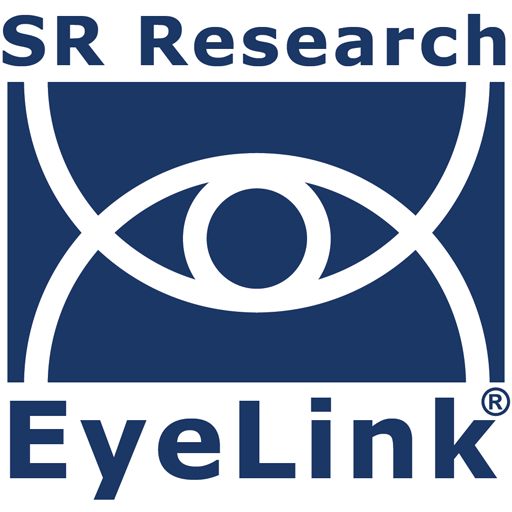Case Study: The Role of Eye Tracking in Online Education Research

The rapid growth of online learning environments has brought new challenges and opportunities for understanding effective pedagogical practices. In this evolving landscape, researchers are exploring the factors that influence student engagement, performance, and knowledge construction. A significant contribution to this understanding comes from the study “Effective learning through task motivation and learning scaffolding: Analyzing online collaborative interaction with eye tracking technology” by Xu et al (2025).
The study by Xu et al. investigates the interplay of task motivation and learning scaffolding on students’ visual attention, learning performance, and behavioral patterns in online synchronous collaborative learning. The researchers recruited 90 Chinese undergraduate and graduate students to engage in an online knowledge-building task with simulated virtual peers and teachers. This setup allowed for the manipulation of task motivation levels (high vs. low) and learning scaffolding conditions (conceptual scaffolding vs. conceptual + reflective scaffolding).
The Power of Eye Tracking
A core methodological strength of this research lies in its innovative application of eye-tracking technology. Eye-tracking, as a real-time data collection method, provides a unique window into learners’ cognitive processes and attention allocation, which are often covert and difficult to observe through traditional methods. The study employed an SR Research Eyelink 1000 Plus eye tracker to record eye movements, utilizing three key measures:
- Percentage of Dwell Time: This metric indicates the learner’s distribution of attention across specific information sources, such as the peer discussion area (AOI P-discussion) and the instructor’s support area (AOI T-scaffolding).
- Saccade Count: This measures the number of rapid eye movements between fixation points, reflecting the individual’s active search of the visual field and selection of stimulus information.
- Fixation Count: This represents the number of times a learner’s gaze rests on a particular area, signifying their attention to learning content and the allocation of cognitive resources.
These eye-tracking measures allowed the researchers to objectively quantify and analyze learners’ visual attention patterns under different experimental conditions.
Key Insights from Eye-Tracking Data
The eye-tracking data yielded several crucial findings that underscore its importance in educational research:
- Task Motivation’s Dominance in Attention: The results consistently demonstrated a significant main effect of task motivation on visual attention, particularly on the percentage of dwell time on both peer and teacher areas, as well as saccade and fixation counts. Learners with high task motivation generally allocated more attention to the peer discussion area and less to the teacher support area, or showed higher saccade and fixation counts, depending on the specific motivation composition.
- Scaffolding’s Indirect Impact on Attention: While learning scaffolding did not show a direct significant effect on visual attention, the study’s mediation analysis revealed a nuanced relationship. Specifically, fixation count on the teacher’s area mediated the relationship between task motivation and learning performance. This implies that while scaffolding might not immediately capture visual attention, it can indirectly support learning by influencing how motivated learners process information, especially from the teacher.
- Understanding Behavioral Patterns: Beyond attention, the eye-tracking data, combined with sequential analysis of online discussions, provided deeper insights into behavioral patterns. For instance, high-task-motivated learners engaged in more active thinking, questioning, and knowledge modification, suggesting a more profound cognitive engagement that could be inferred from their gaze patterns and subsequent interactions.
The Xu et al. study exemplifies how eye-tracking technology moves educational research beyond self-reported data or observational inferences to provide objective, real-time metrics of cognitive engagement. It highlights that understanding how gaze is allocated during learning can be crucial for optimizing online collaborative interactions and fostering deeper knowledge construction in the digital age. As online learning continues to evolve, the integration of advanced technologies like eye-tracking will undoubtedly continue to illuminate the complex dynamics of student learning.
For information regarding how eye tracking can help your research, check out our solutions and product pages or contact us. We are happy to help!
